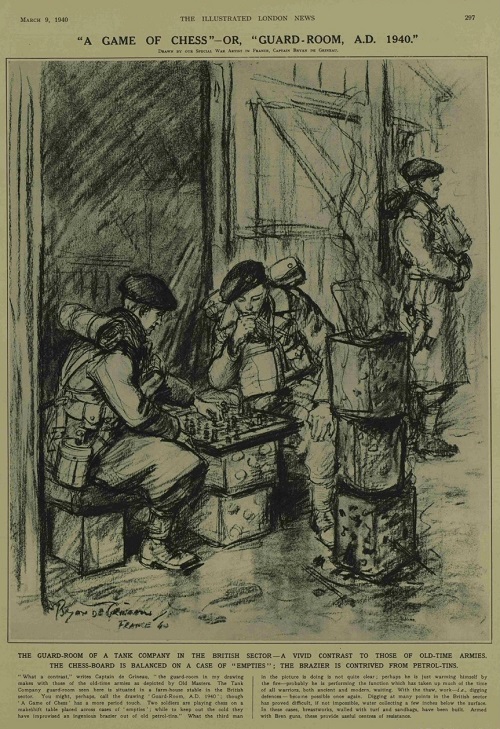
Chess has had a long-standing connection to war, and so it should - this game once existed as a war strategy simulation, in which every piece mimics a given military formation. From troop deployments to sacrificing armies of lesser forces in the name of a larger war effort, chess mirrors real war in tactics, planning, and execution.

The roots of the game are in Chaturanga, a very old Indian game that symbolized the four sections of the army: infantrymen (pawns), horsemen (knights), chariots (rooks), and elephants (bishops). With the creation of chess, its similarity to military strategy persisted, with great generals and war leaders using the game as a way of exercising their tactics. Napoleon Bonaparte, for instance, was a keen player who employed the game as a mental workout in war strategy.
Fundamental chess strategy is almost the same as classical war strategy. Sacrificing a piece in order to have positional advantage is similar to sacrificing soldiers in order to achieve tactical benefits."Fork," in which a single unit attacks two units of the opponent simultaneously, is akin to surrounding the enemy in war. The "pin" and "skewer" attacks are similar to the way that warlords pin down and annihilate the enemy's army. Even the mythical 'blitzkrieg' strategy - swift, dazzling raids utilized during WWII - has its chess counterpart in aggressive opening strategies designed to dominate.
References
BBC News
Chess and War by Edward Winter
YouTube
The Cove
TheArticle
U.S. Naval Institute
Napoleon Bonaparte and Chess by Edward Winter